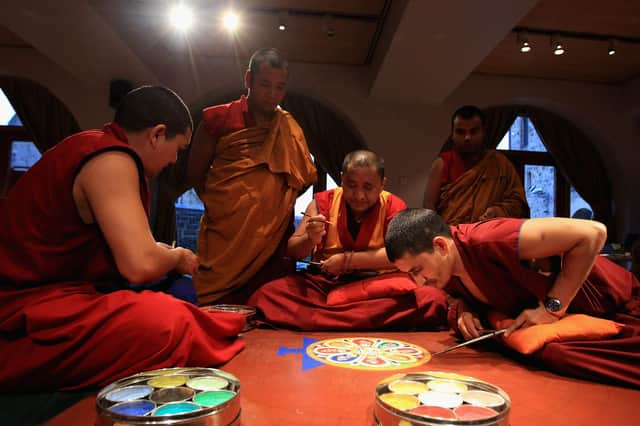St Mungo Museum of Religious Life and Art in Glasgow promotes understanding between people of different faiths and none – Professor Rina Arya


Whilst many museums reopened in 2021 following the lifting of Covid restrictions, St Mungo’s remained closed. Its extended closure, explained by financial restrictions, was not a reflection on the significance it held either regionally or more widely.
It stands today as the only museum of its kind in the British Isles to represent the religions of a multi-ethnic population, especially those of the six religions most widely practiced in Scotland, chiefly Buddhism, Christianity, Islam, Hinduism and Sikhism. And it does so in ways that resonate with people because it emphasises the lived aspect of religion.
Advertisement
Hide AdAdvertisement
Hide AdUnlike many museums of religion, it does not present religion academically, and is instead a reflection of the multitude of ways in which religion informs and shapes lives. The collaboration with religious communities, the inclusion of oral testimonies, photographs and video footage of local people, and ‘talk-back boards’ helps to create the dynamic experience of religion. The curators were very clear too that the museum was not a finished project, implying that it could evolve to meet the needs of an ever-changing society.
One of the richest aspects of the museum is the collection of objects from different religious traditions and time periods. The museum adopts a thematic rather than chronological approach which enables cross-comparison and the development of (or at least potential for) understanding what religions have in common as well as how they differ. It does not present a linear history as such because that is not the way in which religion is necessarily experienced although it allows for that approach to be taken. The Life Gallery takes various headings – Sacred Space, Ways of Worship, the Life Cycle – as ways of structuring ideas.
A museum of this kind will always divide opinion. Even if one agreed in principle about the possibilities of a multi-faith museum, the practicalities of bringing this about is a different matter. There were always going to be mixed views about its two forms of representation, that of content, and how extensively the religion is presented (in comparison with others).
There was also going to be the inevitable challenges of contending with the volatility caused by religious beliefs as shown in various controversies that have arisen over the period. Religion both unites and divides people.
The contentiousness of religion reinforces the importance of St Mungo’s, to bravely take on the many issues surrounding religious identity and beliefs, from sectarianism to the practices of female genital mutilation. Where others may have retreated, it stands as a symbol of contemporary Britain, committed to its mission statement to promote understanding and respect between people of different faiths and those of none.
It operates on many different levels, providing spaces to learn about faiths, for quiet contemplation, and to be part of a dialogue of exchange. There is something for everyone at St Mungo’s and this is the richest opportunity it provides.
Rina Arya is professor of visual culture and theory at the University of Huddersfield
Comments
Want to join the conversation? Please or to comment on this article.